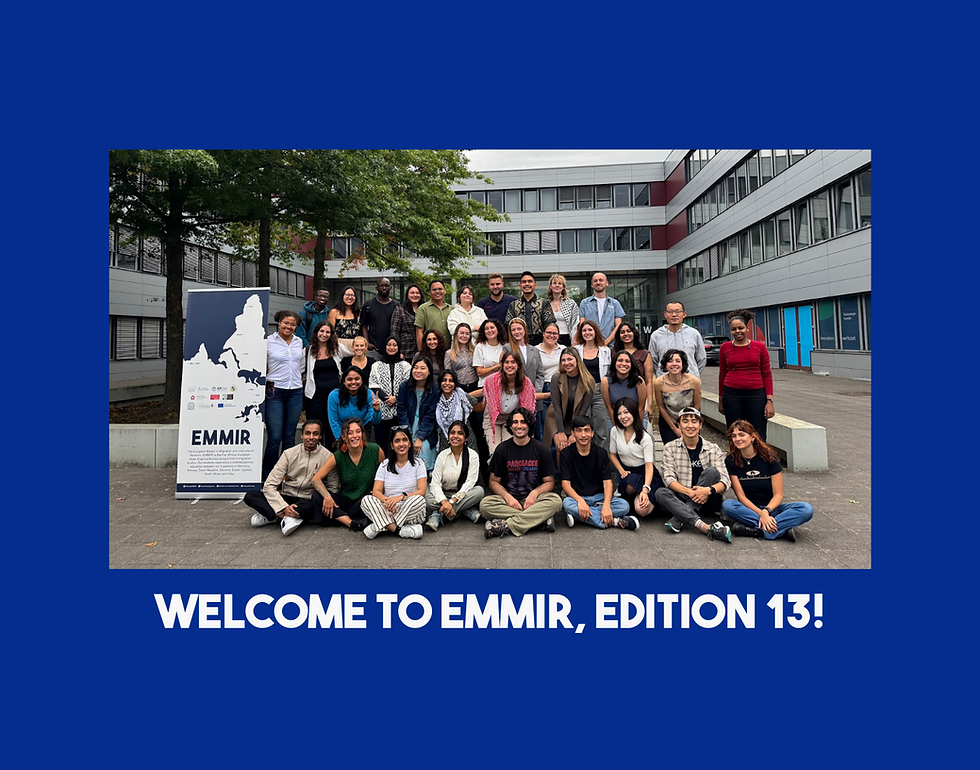Edition 13 visits East Frisia and the Emsland: Learning from the Past
- StudyEMMIR

- Sep 15
- 2 min read
A selection of photos from the excursion was kindly shared by Folkert Bents (Ostfriesische Nachrichten).
On Sunday, September 14, the newest EMMIR cohort went on their first field trip of the semester—an eye-opening journey through the histories of East Frisia and the Emsland in northern Germany.
Poverty and survival in the moors
The day began at the Moormuseum Moordorf, known as the “museum of poverty.” Students learned how generations of families worked to turn peat bogs into farmland in a process called Moorkolonisation. It was grueling work summed up by a local saying: “Death for the first, hardship for the second, bread for the third.” Walking through reconstructed huts and tools made this history of poverty and survival tangible.
Forced labor and resistance in the Emsland
In the afternoon, the group visited the Esterwegen concentration camp memorial site, one of fifteen Nazi camps built in the Emsland starting in 1933. Prisoners were forced into moor labor, and it was here that the famous protest song “Moorsoldaten” (Peat Bog Soldiers) was written—later sung across Europe as an anthem of resistance.
The site also recalls the story of Carl von Ossietzky, journalist and Nobel Peace Prize laureate, who was imprisoned in Esterwegen for opposing the Nazi regime. Today, the University of Oldenburg, the hosting institution of the EMMIR programme, bears his name.
Why it matters
The trip encouraged students to think about how histories of colonization, poverty, and forced labor connect to questions of migration and intercultural relations today. It was a reminder that studying migration means also engaging with past systems of power, exclusion, and resilience. Engaging with these legacies is part of building a critical, intercultural perspective.







Comments